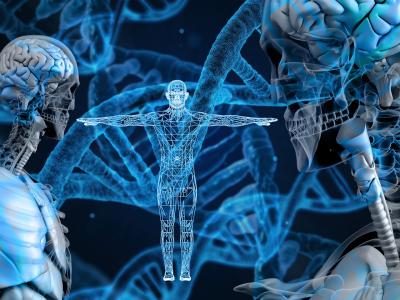
This study explores the potential of electromyography (EMG) decoding to enhance motor function outcomes, focusing on developing an innovative EMG-based hand movement classification system. Leveraging advanced signal processing and machine learning techniques, our objectives are twofold: (1) optimize EMG decoding performance through time-domain windowing, feature selection, and classifier optimization, and (2) assess the system's effectiveness in classifying 15 distinct finger movements.
- Categories:





